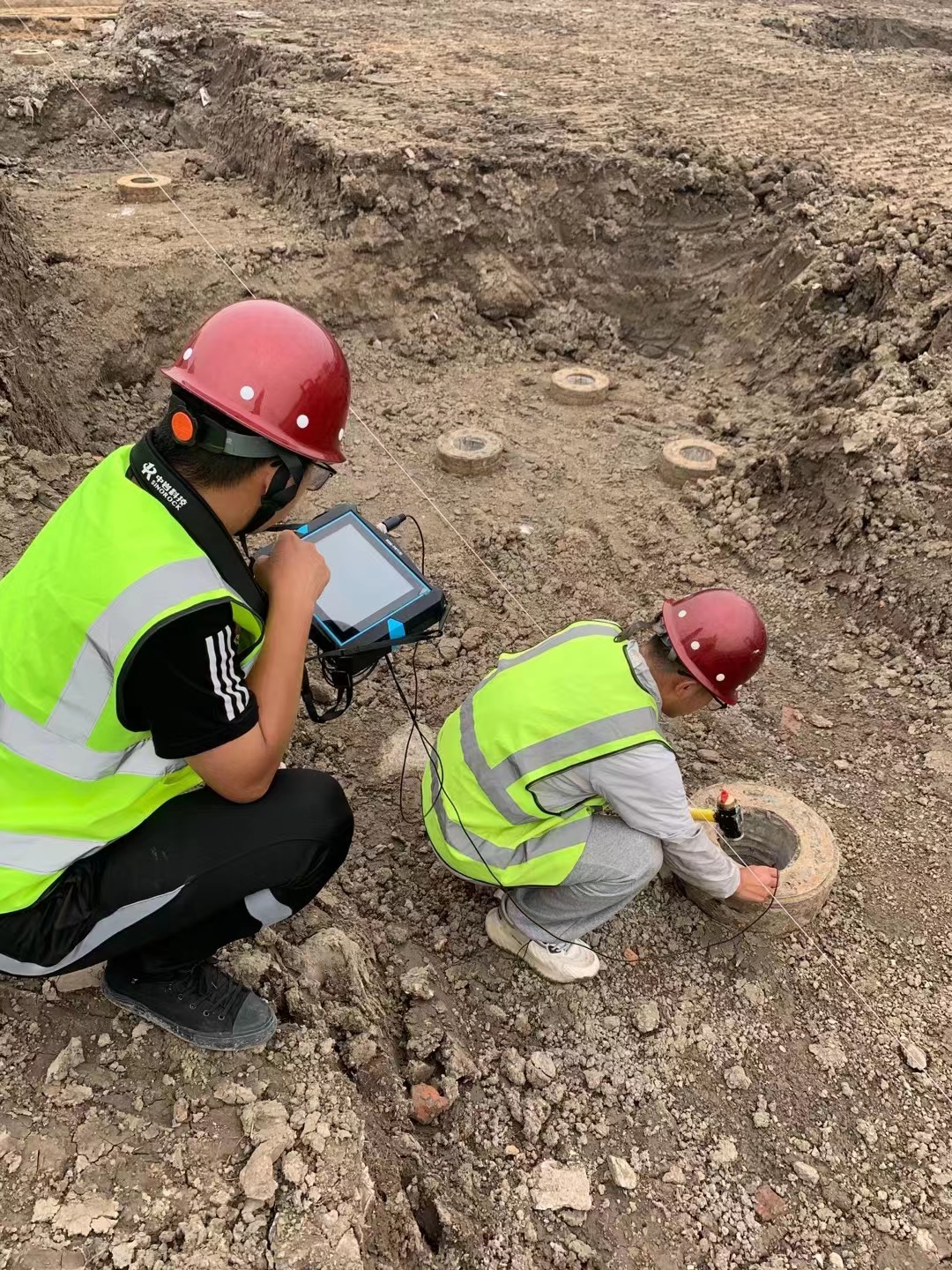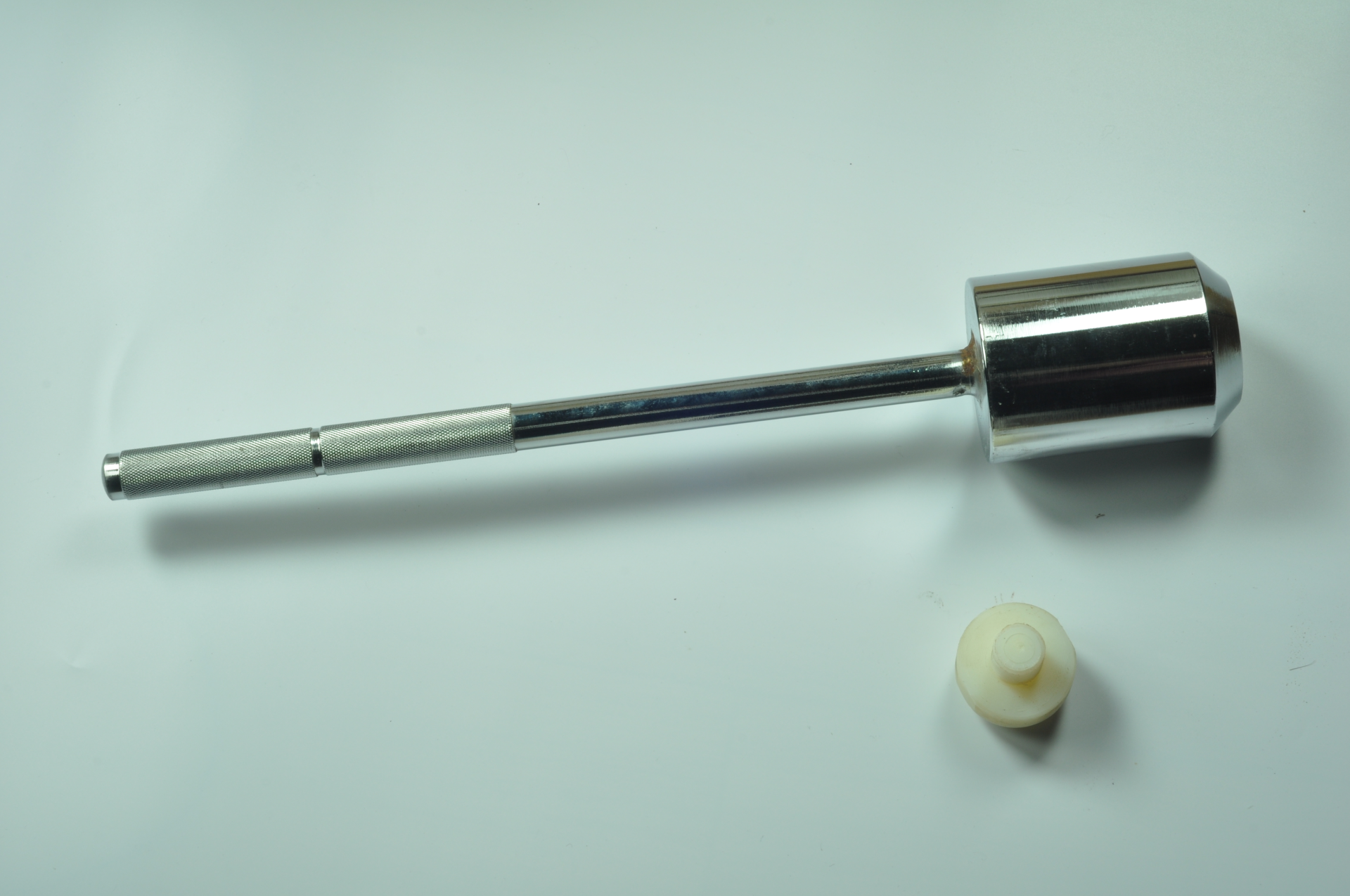The low strain PIT method has become one of the most commonly used methods for foundation pile integrity testing. The scope of low-strain PIT is to test the defects and positions, and determine the integrity category of the pile body. However, there are still many obvious misunderstandings in the actual application.
1. Questions about the integrity category of the pile body and whether the foundation pile is qualified or not.
Now many people in the industry believe that under the premise that there is no data to guarantee the bearing capacity of the foundation piles, the ”Class I piles” detected by the PIT method are excellent piles, and the Class I piles are qualified piles. The results of PIT are only the integrity of the pile body, and do not include information on the bearing capacity of single piles. The piles judged to be Class I by the low-strain method may be foundation piles with unqualified bearing capacity. Therefore, the foundation piles judged to be Class I by the low-strain method can be judged to be qualified only when the bearing capacity is judged to be qualified by other testing methods.
2. About the problem of detecting pile length
Some testers believe that according to the stress wave velocity value of the same intensity level, the PIT method can be used to verify whether the pile length provided by the construction unit is accurate. This is a big misunderstanding in the testing work of PIT method.
Because the stress wave velocity is not only related to the length of the pile body and the strength of the concrete, but also related to the concrete aggregate type, particle size distribution, density, water-cement ratio, pile forming process and other factors, the stress wave velocity used in the low strain analysis is the average wave velocity of the concrete in the pile body. Due to the influence of the test method and the unevenness of the concrete, there is a certain error in this wave velocity.
Therefore, the low-strain method cannot be used to accurately verify the pile length of the tested pile. When there is a requirement to verify the length of the pile, other methods can be used, such as core drilling method, CHSL test, etc.

3. Questions about estimating the concrete strength of the pile body
In the absence of adequate test data support, the proposed relationship between concrete strength and wave velocity is unreasonable. There is no one-to-one relationship between pile concrete strength and wave velocity.
4. Questions about reflected waves at the bottom of piles
Many testers believe that the foundation pile integrity test using the pile low-strain method should have a pile bottom reflection wave in the same direction as the incident wave, otherwise, the sampled signal is invalid. This is another major misunderstanding in the testing of low strain method.
In fact, when the impedance of the pile body at the end of the pile is the same as that of the bearing layer, it is normal that there is no reflected wave signal at the bottom of the pile in the sampled signal, and it cannot be judged that the signal is invalid because there is no reflected wave at the bottom of the pile.
On the contrary, for rock-socketed piles, if there is a single reflected wave in the same direction as the incident wave, other test methods should be used to verify the rock-socketed condition of the pile end.
5. Questions about the excitation method
At present, there are various excitation devices for foundation pile low-strain PIT test equipment, such as force hammers, force rods, steel balls, etc.
No matter what kind of excitation method is used, the purpose is to obtain a shocking incident wave with a required frequency and a suitable pulse width. In order to better test the reflection signal at the bottom of the pile and the reflection signal of the pile body defect.

6. Questions about testing conditions
When the low-strain method detects foundation piles, the top surface of the piles should be flat, compact and free. But some testers ignore the condition that the top of the pile should be free during the test.
When the building has been constructed to the 4th floor, some testing units use the exposed local pile head under the cap beam to conduct a low-strain method to test the integrity of the pile body. This is a big misunderstanding in PIT testing.
The principle of the low-strain method of foundation piles to test the integrity of the pile body is to simplify the foundation pile into a one-dimensional member, and then establish a partial differential equation. The boundary condition for solving this partial differential equation is that the top of the pile is free, leaving this Boundary conditions, the wave theory analysis method used in the current low-strain method is completely untenable.
The building has been constructed to the 4th floor of the ground, which means that the top of the pile is not free. At this time, the foundation pile is no longer an independent member, so the low-strain method cannot be used to test the integrity of the pile body.


